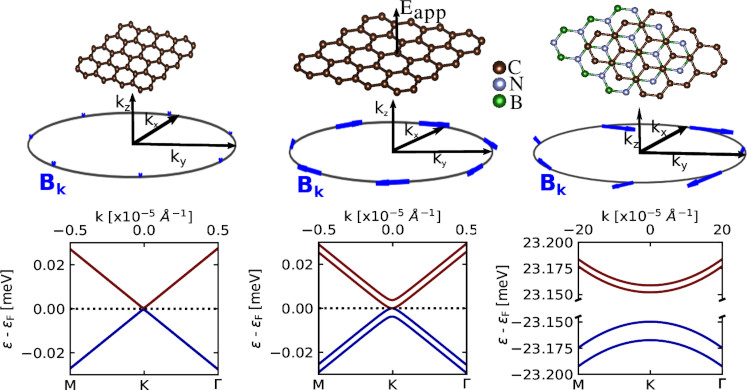First-principles spin relaxation in graphene published in Phys. Rev. B

A. Habib, J. Xu, Y. Ping and R. Sundararaman, “Electric fields and substrates dramatically accelerate spin relaxation in graphene”, Phys. Rev. B 105, 115122 (2022) (Preprint: arXiv:2012.11550)
Electrons in graphene are theoretically expected to retain spin states much longer than most materials, making graphene a promising platform for spintronics and quantum information technologies. Here, we use first-principles density-matrix (FPDM) dynamics simulations to show that interaction with electric fields and substrates strongly enhances spin relaxation through scattering with phonons. Consequently, the relaxation time at room temperature reduces from microseconds in free-standing graphene to nanoseconds in graphene on the hexagonal boron nitride (hBN) substrate, which is the order of magnitude typically measured in experiments. Further, inversion symmetry breaking by hBN introduces a stronger asymmetry in electron and hole spin lifetimes than predicted by the conventional D’yakonov-Perel’ (DP) model for spin relaxation. Deviations from the conventional DP model are stronger for in-plane spin relaxation, resulting in out-of-plane to in-plane lifetime ratios much greater than 1/2 with a maximum close to the Dirac point. These FPDM results, independent of symmetry-specific assumptions or material-dependent parameters, also validate recent modifications of the DP model to explain such deviations. Overall, our results indicate that spin-phonon relaxation in the presence of substrates may be more important in graphene than typically assumed, requiring consideration for graphene-based spin technologies at room temperature.
